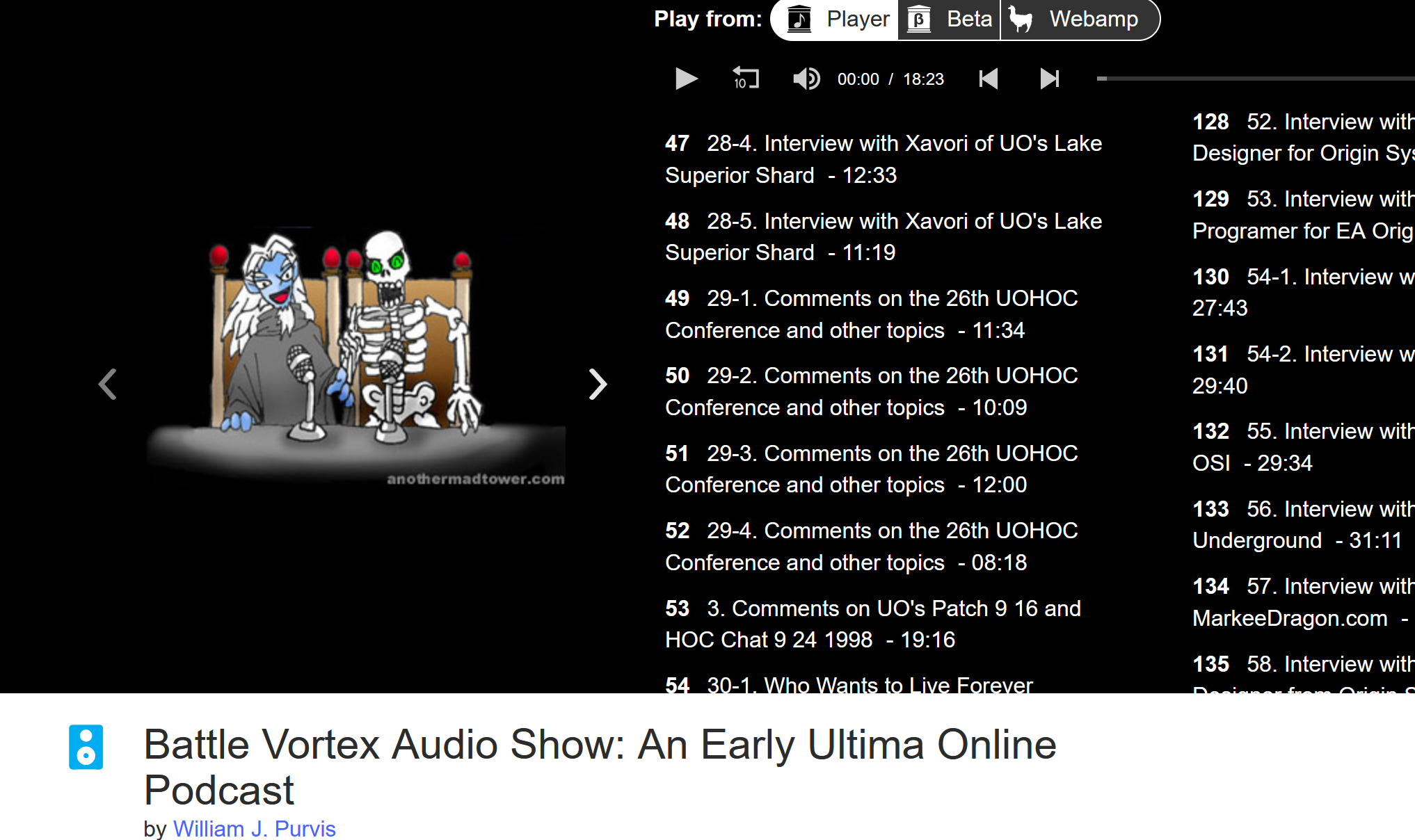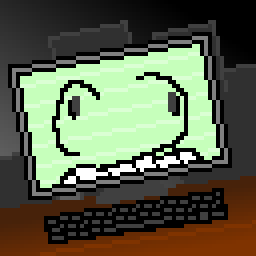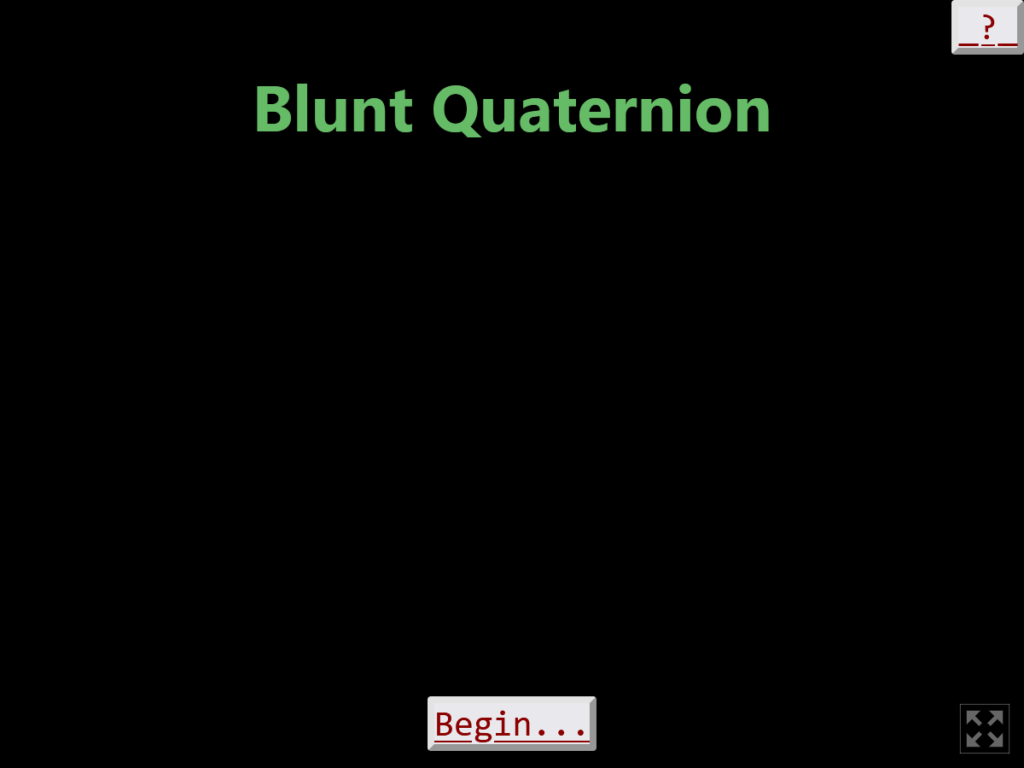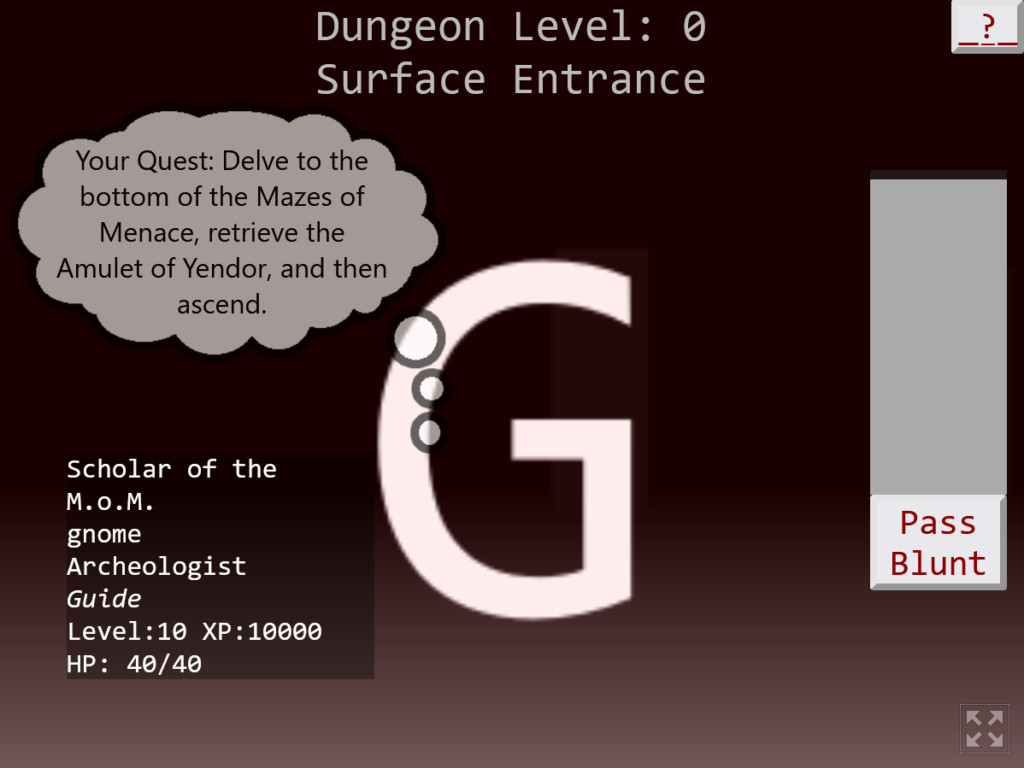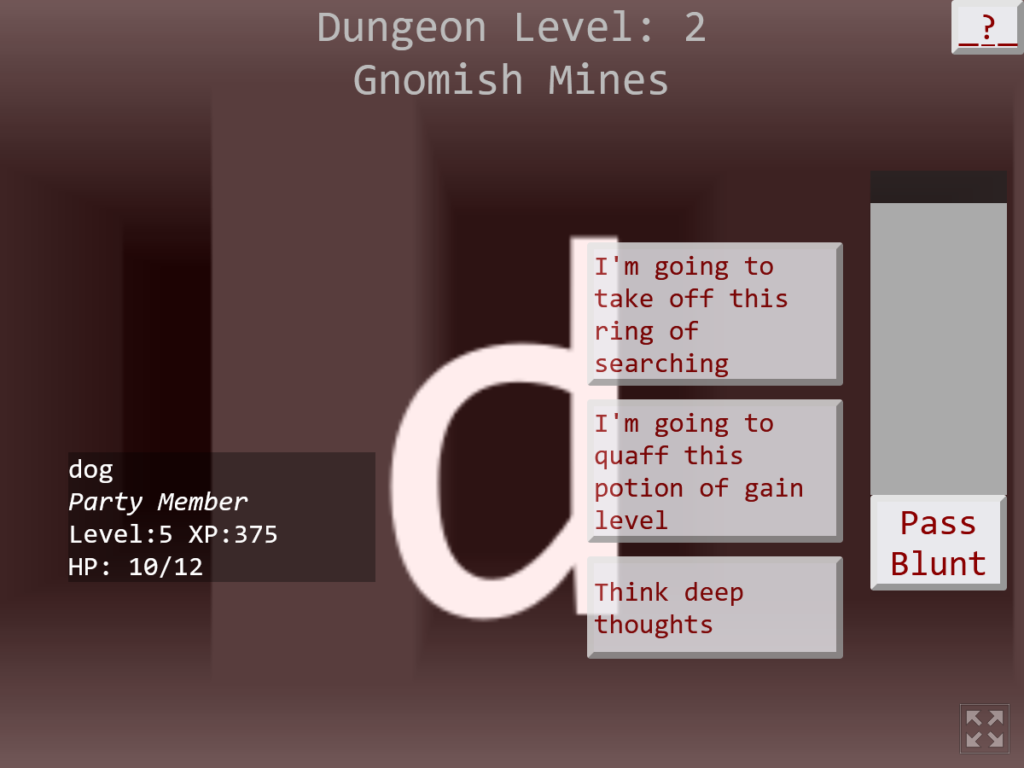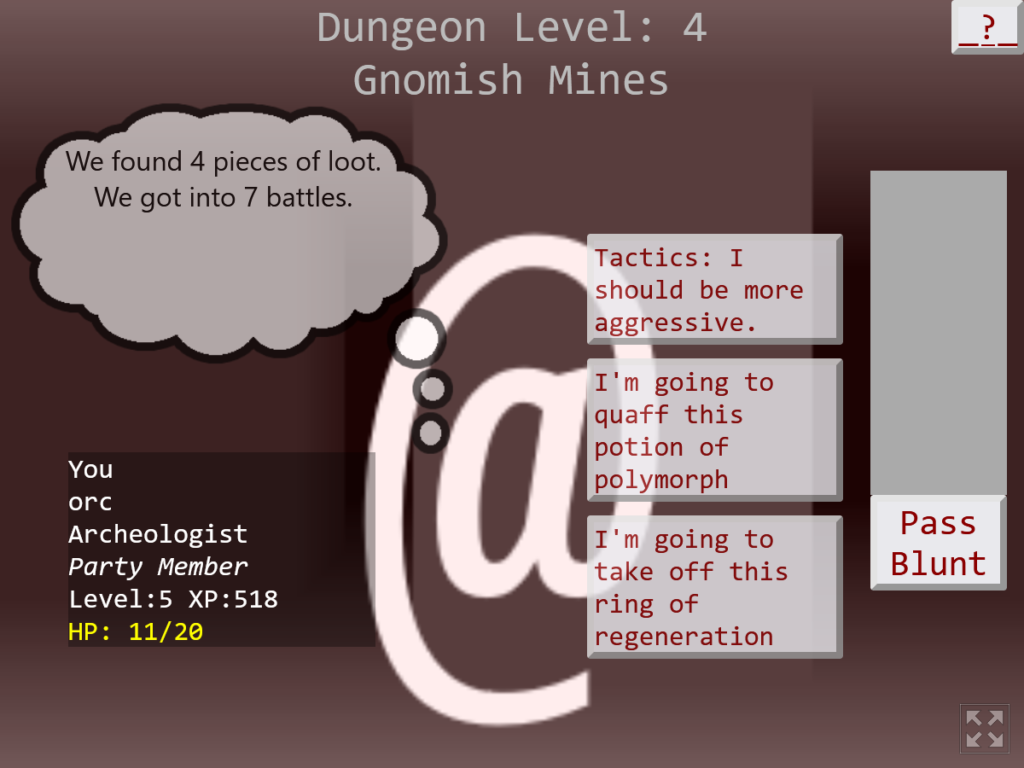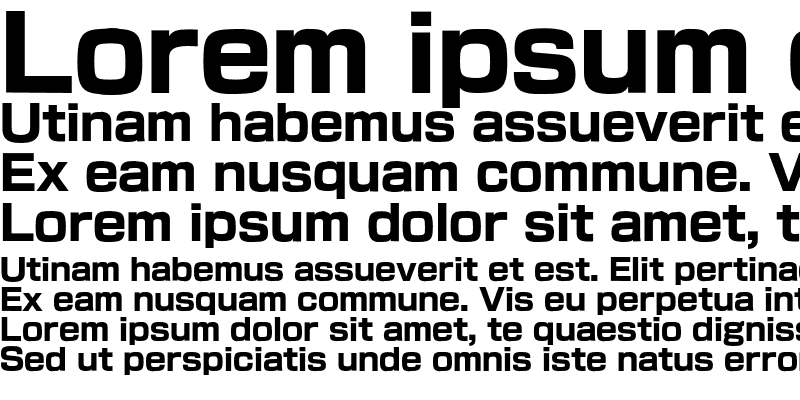This editorial doesn’t necessarily reflect the views of this blog. However, blogs don’t have views anyway, so what would that even mean?
Here is a question you might not of thought of. Speedruns are, after some years, still very popular, streamers still chase records, sometimes a matter of shaving off tenths of a second off of the previous time, and AGDQ and SGDQ continue to bring in millions for charities.
But, why? Why is it speedruns that have gained the interest of so many runners and spectators? Many games have their own method of measuring player skill: points! The score record chase is even much older than speedrunning, dating back to the heyday of Twin Galaxies. It’s even encouraged on the attract-mode vanity boards of countless arcade machines. So why is it that quick-playing has attracted so much attention, and not high-scoring?
The first thing, of course, is that time attacks (playing to finish quickly) is universally applicable, while not all games track score. Score keeping has become a lot less common in recent decades. What does it even mean to score attack Metroid Prime or Resident Evil IV? And often a quick-playing game is a lot more exciting to watch than one where the player just seeks to increase some abstract value. Fast play is easy to understand, but high point awards are often not immediately accessible to a viewer who isn’t already familiar with the game’s systems.
But more than that, many games have very sloppy point discipline. If a game doesn’t have a timer, but does have a score and respawning enemies, then there is no reason, from a point maximizing standpoint, to not just regenerate the same enemy over and over, a boring way to play but still, by the strict rules of the game, valid. To some extent this can be accounted for through out-of-game rules, like how Twin Galaxies will disallow certain types of play that just seek to increase points in an empty manner.
It’s not always easy to decide what counts as actually playing the game and what’s meaningless farming, which makes the allowance of some types of play a judgement call, and any time an official’s subjective opinion becomes an important part of the legality of some behavior, you’re going to end up with people trying to push the boundary of what is allowable, and as we see from professional sports, that means no end of arguing about whether a referee or umpire’s call is valid or not.
This doesn’t even cover scoring randomness. Ms. Pac-Man is a great game in many ways, but one aspect of it that makes it less suitable for score attacks is that, in long games, the point values of fruit becomes such a huge part of the score. After the seventh board, the fruit generated in Ms. Pac-Man are random, and can be worth anywhere from 100 points for Cherries, to 5,000 points for a Banana. Up to two of these can appear on each board, and once the game progresses past the point where ghosts can be eaten for points, the value for the higher-valued fruit easily overwhelms all the other scoring in the game, up to the kill screen at around board 144. (Ms. Pac-Man doesn’t have a definite kill screen like Pac-Man does, but a variety of possible screens.)
When point awards are random like this, getting a score record in an individual game becomes a matter of luck. What that practically means is, players who attempt more runs are more likely to get a lucky game that gets a record. Essentially, record chasers must utilize the law of averages: a person who plays 100 games is much more likely to get a lot of Bananas in a single game among all of them than a person who has only played ten.
But even so? Lots of games were made explicitly with scores in mind. After decades where it was a common, sometimes even primary mode of play, I feel like playing for points is fairly neglected now. I mean, I’m not going to go on a rant about young folks trying to get their games over with without stopping to savor them. Just, you know, it’s not bad to play for points.
I fully realize that this is a topic that no one cares about, and even I am not really that concerned with it. It’s just an arbitrary value to maximize. “Yay, I’m X good! I’m Y better than I was before!” Yeah not really terribly important.
